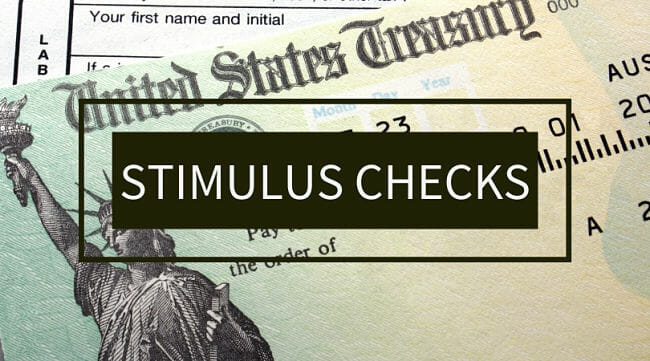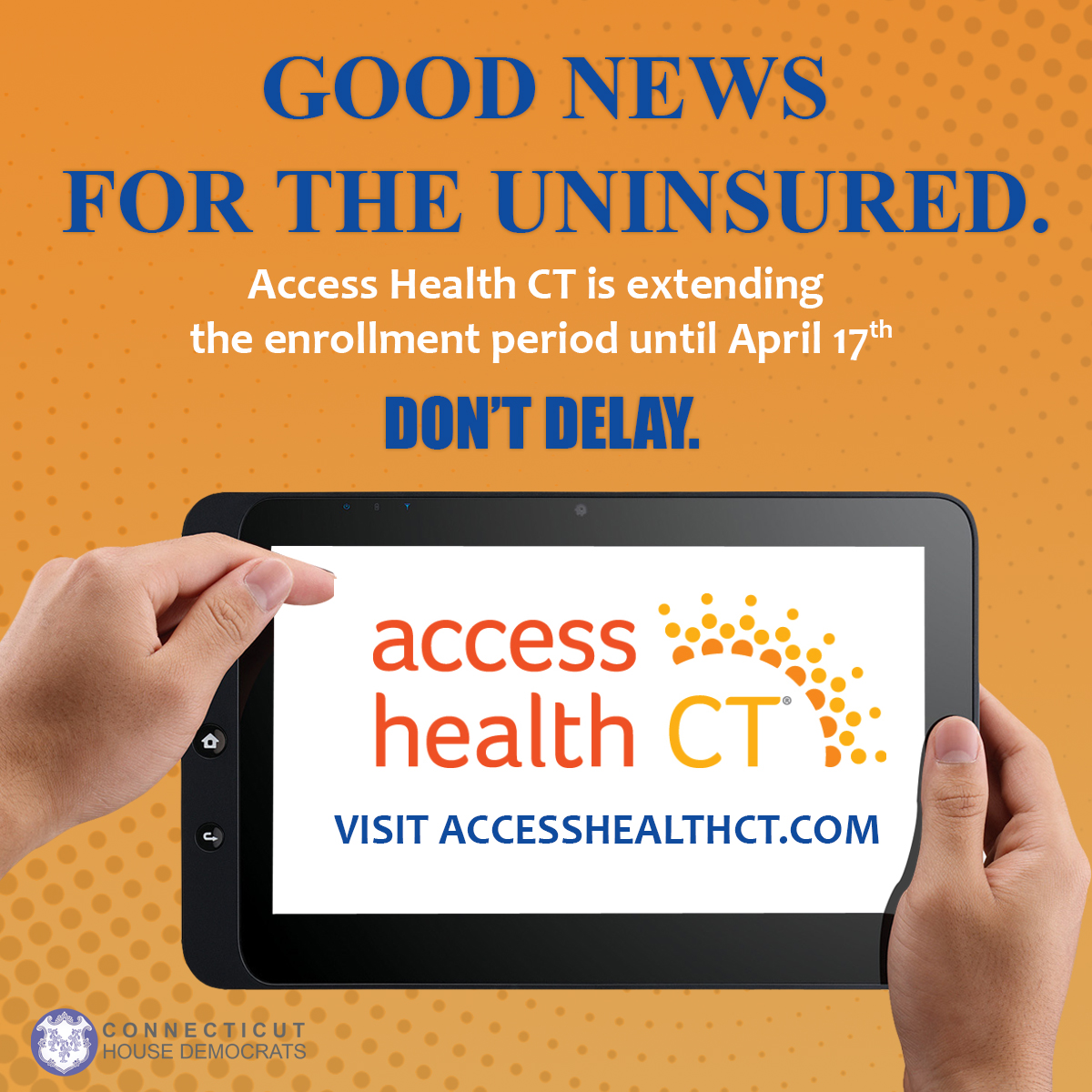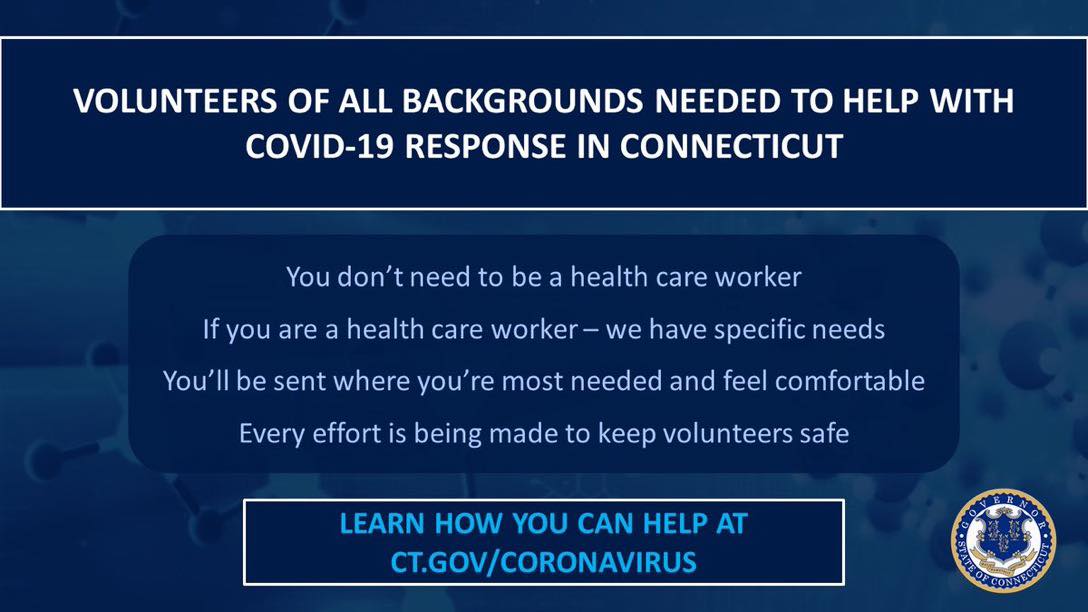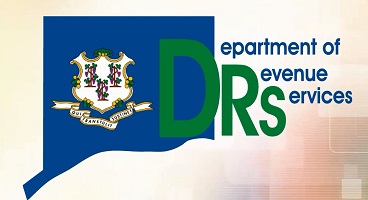COVID-19 Updates 4/3
April 3, 2020GOVERNOR LAMONT PROVIDES UPDATE ON CONNECTICUT’S CORONAVIRUS RESPONSE EFFORTS (Latest Data as of 7:00PM on Friday, April 3, 2020)
Data updates on testing in Connecticut
A county-by-county breakdown includes:
| County | Laboratory Confirmed Cases | Hospitalized Cases | Deaths |
| Fairfield County | 2,717 | 409 | 76 |
| Hartford County | 679 | 166 | 18 |
| Litchfield County | 173 | 14 | 4 |
| Middlesex County | 91 | 12 | 2 |
| New Haven County | 891 | 293 | 18 |
| New London County | 40 | 9 | 3 |
| Tolland County | 79 | 3 | 10 |
| Windham County | 27 | 3 | 0 |
| Pending address validation | 218 | 0 | 1 |
| Total | 4,915 | 909 | 132 |
For several additional charts and tables containing more data groups, including a town-by-town breakdown of positive cases in each municipality and a breakdown of cases and deaths among age groups, click here.
Governor Lamont announces extensive measures to support Connecticut’s long-term care facilities, staff, and residents
Governor Lamont today announced that the state’s 213 nursing homes are receiving a 10 percent across-the-board increase in Medicaid payments to help meet extraordinary costs from the public health emergency. The payment increase will be applied toward employee wages, including staff retention bonuses, overtime, and shift incentive payments; and new costs related to screening of visitors, personal protective equipment, and cleaning and housekeeping supplies.
The 10 percent funding increase runs from April 1 through June 30, with an initial payment of $11.6 million scheduled to be received by nursing homes on April 7. The three-month increase is expected to total $35.3 million. In addition, the state is offering to assist with start-up costs and to make $600 per-day payment to all facilities that are designated by the Department of Public Health as suitable to be re-opened for the purpose of serving residents with COVID-19 and who need nursing home level of care.
For more information, read the press release issued today by Governor Lamont.

Stimulus Checks FAQs
Many people have raised great questions about these stimulus checks from the government. Below are a few of the top questions I have been asked by you, but if I did not answer your question below, the IRS has released a comprehensive list of FAQs here.
Who is eligible for the economic impact payment?
Tax filers with adjusted gross income up to $75,000 for individuals and up to $150,000 for married couples filing joint returns will receive the full payment. For filers with income above those amounts, the payment amount is reduced by $5 for each $100 above the $75,000/$150,000 thresholds. Single filers with income exceeding $99,000 and $198,000 for joint filers with no children are not eligible. Social Security recipients and railroad retirees who are otherwise not required to file a tax return are also eligible and will not be required to file a return.
Eligible taxpayers who filed tax returns for either 2019 or 2018 will automatically receive an economic impact payment of up to $1,200 for individuals or $2,400 for married couples and up to $500 for each qualifying child.
How will the IRS know where to send my payment?
The vast majority of people do not need to take any action. The IRS will calculate and automatically send the economic impact payment to those eligible.
For people who have already filed their 2019 tax returns, the IRS will use this information to calculate the payment amount. For those who have not yet filed their return for 2019, the IRS will use information from their 2018 tax filing to calculate the payment. The economic impact payment will be deposited directly into the same banking account reflected on the return filed.
The IRS does not have my direct deposit information. What can I do?
In the coming weeks, Treasury plans to develop a web-based portal for individuals to provide their banking information to the IRS online, so that individuals can receive payments immediately as opposed to checks in the mail.
I am not typically required to file a tax return. Can I still receive my payment?
Yes. The IRS will use the information on the Form SSA-1099 or Form RRB-1099 to generate Economic Impact Payments to recipients of benefits reflected in the Form SSA-1099 or Form RRB-1099 who are not required to file a tax return and did not file a return for 2018 or 2019. This includes senior citizens, Social Security recipients and railroad retirees who are not otherwise required to file a tax return.
Since the IRS would not have information regarding any dependents for these people, each person would receive $1,200 per person, without the additional amount for any dependents at this time.
I have a tax filing obligation but have not filed my tax return for 2018 or 2019. Can I still receive an economic impact payment?
Yes. The IRS urges anyone with a tax filing obligation who has not yet filed a tax return for 2018 or 2019 to file as soon as they can to receive an economic impact payment. Taxpayers should include direct deposit banking information on the return.
I need to file a tax return. How long are the economic impact payments available?
For those concerned about visiting a tax professional or local community organization in person to get help with a tax return, these economic impact payments will be available throughout the rest of 2020.

Access Health CT extends special enrollment period for uninsured residents to April 17
Access Health CT – Connecticut’s health insurance marketplace – yesterday announced that it is extending the deadline for the new special enrollment period for uninsured residents to enroll in health insurance plans. The special enrollment period opened on March 19 and was originally anticipated to end April 2, however that deadline is now being extended to April 17. Anyone who enrolls during this extension period will receive coverage effective May 1.
The only way to sign up for this special enrollment period is by calling 1-855-365-2428. Telephone enrollment is available Mondays through Fridays from 8:00 a.m. to 5:00 p.m.
Individuals who lose coverage due to unemployment, experience certain other qualifying life events, or qualify for Medicaid/Children’s Health Program (CHIP), can always enroll online, in-person or over the phone and all help is free. Nearly 1,500 people enrolled during the initial-two week special enrollment period.
For more information, read the press release issued today by Access Health CT.

Governor Lamont urges volunteers from the general public to participate in Connecticut’s COVID-19 response efforts
Governor Lamont and a large number of state officials and nonprofit providers are urging Connecticut residents to consider taking on a volunteer role in their communities to help respond to the COVID-19 crisis. While the state already began a campaign seeking out volunteers who have health care experience, today the state is launching a campaign seeking volunteers from the general public who are needed for other services at many different types of providers, such as food banks, deliveries to the elderly, shelters, and more.
The governor stressed that the COVID-19 outbreak is having a wide-ranging impact, and that means a large amount of skill sets are required to ensure that every community in Connecticut has the resources they need to combat this pandemic.
Volunteers from the general public will be matched with a community provider in need. Here are the basics:
- Volunteers must be 18 or older, and should not volunteer if at risk or compromised. Those who are immunocompromised, over 60, showing symptoms of COVID-19, or live with or care for someone in any of those categories should avoid being in public, including for volunteer efforts. Please stay safe, stay home.
- Volunteers do not need to be health care workers. In addition to calling on physicians, nurses, and other medical professionals who may be retired, the state needs community members to help out at food banks, food deliveries to the elderly, and at shelters in a number of ways.
- For those who do have a background in health care, the state’s medical community has specific needs at this time. Hospitals have advised the state that they have a high need for critical care nurses and repository therapists.
- Every effort is being made to keep volunteers safe. The state and all of the organizations involved are working hard to make sure that everyone helping out can do so as safely as possible. If any volunteers have concerns, they are strongly urged to ask about the safety protocols of the organization they are volunteering.
- Volunteers will be sent where they are most needed and feel most comfortable. The volunteer process is centralized so that the state and participating organizations have a clear picture of everyone who can help, and everything that is needed. That way, volunteers can be matched with an opportunity that is most in need of that person’s skill-set.
The Lamont administration and the State of Connecticut are grateful to the National Voluntary Organizations Active in Disasters (VOAD), which has made the Disaster Assistance Response Technology database available to help manage the statewide volunteer effort for this emergency, as well as the Connecticut VOAD chapter for their support.
Those interested in volunteering should click here for information on how to register. For more information, read the press release issued today by Governor Lamont.

Department of Social Services extends deadline to apply for winter home-heating assistance
The Department of Social Services yesterday announced that it is extending the application period for the Connecticut Energy Assistance Program. Residents will now have until June 1, 2020 to apply for assistance to help cover this past winter’s heating bills (the previous deadline was May 1). For application sites and eligibility information, click here, call 2-1-1, text "CTWARM" to 898-211, or contact a community action agency.
Department of Social Services extends Emergency SNAP benefits to 97,000 households
The Department of Social Services is providing Emergency Supplemental Nutrition Program (SNAP) benefits to nearly half of Connecticut SNAP participants on April 9 and April 20. Authorized by the federal Families First Coronavirus Response Act of 2020, the extra food benefits will go to approximately 97,000 households not currently receiving the maximum benefits allowed for their household size. This means that all households enrolled in SNAP will receive the maximum food benefit allowable for their household size, even if they aren’t usually eligible for the maximum benefit.

Department of Revenue Services extends filing payment deadline for gift tax returns
At the direction of Governor Lamont, the Department of Revenue Services yesterday announced that the filing and payment deadline for gift tax returns is being extended until July 15, 2020. Gift tax returns reporting gifts made during 2019 had been due on April 15. This extension does not apply to the estate tax.
For Connecticut taxable gifts made during calendar year 2019, a donor will not pay Connecticut gift tax unless the aggregate amount of the Connecticut taxable gifts made exceeds $3.6 million.
For more information, read the press release issued today by the Department of Revenue Services.





